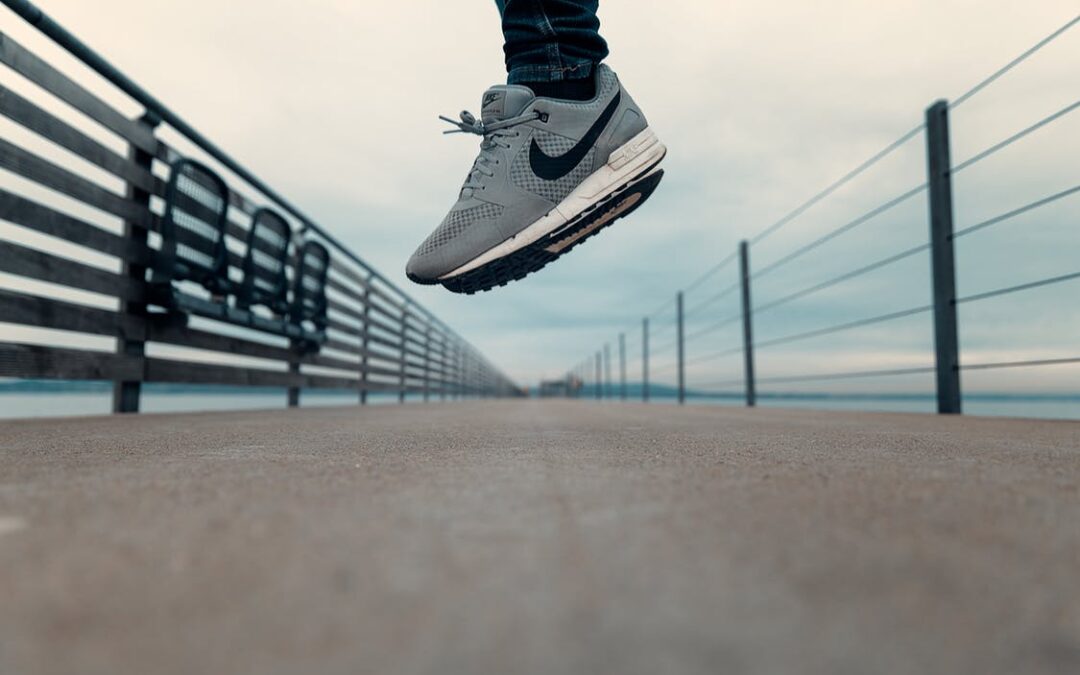Power for Endurance Athletes
When relating power to endurance athletes we like to say that it’s ‘Power Endurance‘ that is being trained. Power endurance is the rate that a force is applied over a period of time, with a minimal reduction in the quality of effort. Put simply, this means you will keep maintaining power for longer without fatiguing, subsequently improving your performance and reducing your risk of getting injured. Plyometric exercises train muscles to contract more rapidly, exerting maximal force in as short a time as possible. This is achieved via a mechanism that happens deep within your muscles – the Stretch Shortening Cycle.
The Stretch Shortening Cycle
This is a crucial aspect of Plyometric training, although a little complicated! When the muscle is loaded a more dynamic contraction is generated via muscle spindles and things called the Golgi Tendon Organs (again contained deep within your muscles) respond to the stretch. A quick transition from loading to unloading is required to release the elastic energy that’s been stored up in the muscle. So why would you chose plyometrics over other more traditional strength training methods?
Why Plyometrics?
Plyomterics will increase your Power Endurance. Before performing plyometrics it is important to have a certain amount of strength, this is to avoid getting injured (see part 1 and part 2 of our “Strength Training for Endurance Athletes” post). A good indicator of sufficient lower body strength is to be able to perform 20 body weight squats and lunges with perfect technique.
The Plyometrics Workout
You need to do a really good warm up before you start your plyometrics workout. This will fire up the stretch shortening cycle in your muscles and prepare your body for what is to come, thus reducing your chances of getting injured. You might also want to include some foam rolling, as it’s a great way to release any fascial tension in your body. Two things you really need to include in your warm up are joint mobility exercises and dynamic mobility drills. Joint mobility exercises, such as ‘the ski stretch’, should be performed with controlled and fluid movements. This will really help to prepare your joints for higher velocity movements. Dynamic mobility drills such as ‘walking lunges’ (forwards and back) performed at medium intensity, will really prepare your body and mind for the explosive workout to follow. Your plyometrics workout needs to be specific to you and your sport. For example, if you are a runner you should incorporate lots of single leg exercises. Begin with low intensity exercises and gradually build it up. After six weeks, after sufficient adaptation, you want to look at progressing the exercises, for example you would progress from high skipping to bounding.
Example Workout
Here is an example of a beginners plyometrics workout for a runner:
- Warm-up
- Step matrix – 20 seconds each
- Hop matrix – 10 seconds each
- Skipping – 2 x 20 metres
- Split squat jump – 2 x 6
- Jump matrix – 10 seconds each
- Tuck jump – 2 x 6
You need to make sure you’ve fully recovered between exercises and sets to maintain good form. You can include this type of workout into your training twice a week, with a couple of days in between. After a few weeks of plyometrics training you’ll really start to feel the difference in your body – more power and speed. For further information on Plyometrics, please get in touch!

